
Backpacks
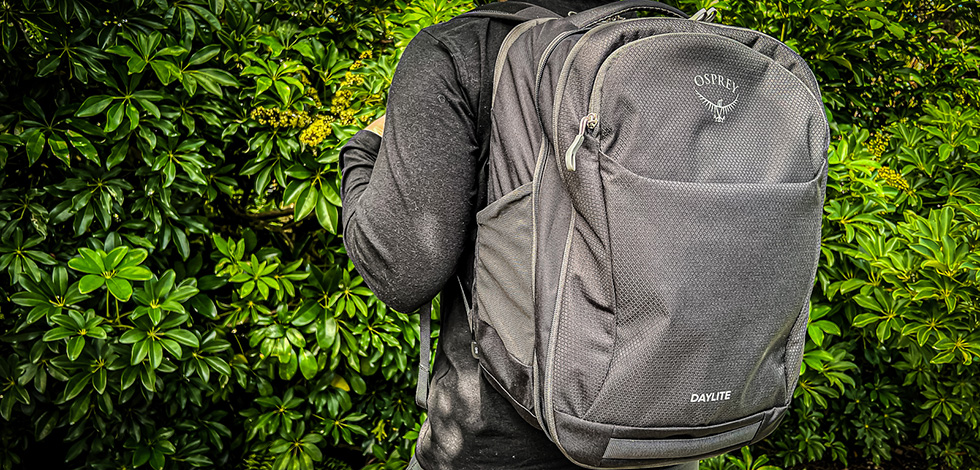
Osprey has been around for a long time and is hugely respected by carry enthusiasts and everyday folks alike. Go to just about any airport or hostel, and you’ll find someone with an Osprey pack on their back. As a one-bag traveler, I was keen to try the Osprey Daylite Expandable Travel Pack 26+6; it ticks many boxes that I look for in a one-bag pack. These are folks who know how to design great, functional bags using durable and high-quality materials.
Even though the words Travel Pack are in the name, it’s not just for use when in transit; its size and expandability make it useful in several ways. Factor in the cost of only $100, and we have ourselves a contender. I put the Daylite to use in a couple of road trips, one long-distance flight, and as my daily work carry – how does it stack up against packs double, triple, and quadruple its price? Let’s see.
Specifications
- Name: Daylite Expandable Travel Pack 26+6
- Brand: Osprey
- Format: Travel Backpack
- Measurement: 17
- Capacity: 26-32L
- Weight: 1.85lbs (0.84kg)
- Zippers: YKK #8 (Laptop & Main Compartment) & YKK #5 (Quick Access & Expansion)
- Material: 300D Recycled Poly (DWR Coated) & 600D Recycled Poly (DWR Coated)
- Price$100
Who It Suits
The Daylite is best suited for budget-conscious travelers who are comfortable purchasing from a big, well-known brand. If you’re looking for a pack with essential features while in transit that can be used once you’re there, this bag is excellent.
For those who aren’t sticklers for the latest trends or the hottest designs but instead are looking at this purchase with a more pragmatic eye, the Daylite hits these notes.
Who It Doesn’t
The hardcore carry aficionado. If you’re looking for the latest features, design elements, fabrics, and materials, the Daylite probably isn’t for you. The Daylite is a Toyota, it’ll be reliable and get you to where you need to go, but it won’t be turning any heads or have all the bells and whistles of its pricier counterparts.
Design
Looks
Osprey’s designs are consistent. If you’re going for an Osprey pack, you pretty much know you’re getting a toned-down aesthetic that doesn’t call a lot of attention to itself. As mentioned above, the Daylite won’t be turning any heads, and that’s alright. Personally, I appreciate a pack that doesn’t call too much attention, especially when traveling. The bag comes in “Night Arches Green” that almost looks like a blue/green Multicam, “Wave Blue,” and Black. My particular Daylite came in black, even though in person it seems more like a dark gray.
The front of the pack contains Osprey’s recognizable logo up top and a small “Daylite” label at the bottom. That’s it. The texture of the pack, though, is fetching and I quite like it – it’s not just flat fabric but adds character, almost like a diamond rip-stop. Especially in black, the Daylite’s looks can keep you incognito while traveling and even be workplace appropriate. It’s clearly not a fancy bag, but it will fit in just fine in most places while traveling.
Construction
Build quality is a big deal when creating a travel bag. The last thing you want while rushing to catch a flight or getting onto public transportation is your bag to pop a zipper or have a seam rip open. At $100 and made in mass production, I expected flaws like loose threads, messy exposed seams, or other signs of a lazy or hurried build. Nope. Osprey’s been making bags for a long time; they know how to build a bag that can contend with the rigors of travel. Although my testing time was a bit over a month, I took the Daylite to quite a few places and overstuffed it as much as possible. It still feels and looks like a new pack. Their reputation and my experience with this pack so far tell me it’ll last at least a few years of abuse.
One point of contention, though, may be of concern when using the Daylite over more extended periods or under harsh weather: there is no liner, only a single layer of material. A notable result is that the pack does lack some structure.
Materials and Hardware
Osprey knows their materials and hardware well, and the Daylite has a mix that speaks to the budget-conscious nature of the bag. The front face is a cool-looking 300D recycled poly, while the accents and bottom are a sturdier 600D recycled poly. In addition, the two bottle pockets on either side are stretchy mesh. None of these materials are especially noteworthy, but they get the job done. On the bright side, they’re easy to clean. There’s one layer of material; the exterior’s 300D is what you get inside, and the same with the 600D on the sides and bottom.
Zippers are YKK #8s and #5s; neither are AquaGuard, though. The zippers are all super-smooth and a pleasure to use. The laptop and main compartment zippers are both lockable. I am a big fan of the zipper pulls on the bag’s exterior – sure, I can see them cracking and wasting away after a couple of years. Again, that’s $100 for a pack that’ll last at least a few years. And finally, the buckles are ITW plastic that feels sturdy and up to the task.
The back panel is pretty interesting, though. There’s a reasonably flexible frame sheet that contains breathable mesh and ribbed foam; Osprey calls it “Airscape.” There is a gap between the sheet and the bag itself, creating a vertical luggage pass-through. With lighter loads, this setup caused the bottom of the sheet to subtly dig into my lower back but became more comfortable when loaded down, spreading the load across the entire sheet.
Similarly, the straps too contain bits of ribbed foam and ventilated mesh. Again, they get the job done with little fuss, especially with shorter jaunts. They’re comfortable, but not the most comfortable or robust straps, still… $100.
Features
The primary purpose of a travel bag is to get your stuff from point A to point B. Generally, this stuff is clothing, toiletries, and tech you need either in transit or at your destination. That right there is Osprey’s wheelhouse – that’s their bread and butter. A side benefit of a good travel bag is using it as an EDC bag without looking ridiculous while at the destination. It’s a tightrope balancing act that requires some thoughtful design decisions.
The first feature I want to mention is in the pack’s name; it’s expandable, helping to serve as both travel pack and EDC/minimalist travel. A U-shaped zipper expands the Daylite from 26L to 32L. It’s an elegant implementation because 26L is ample for minimalist travelers and EDC use, while 32L is definitely a travel size. There is no need to fiddle around with straps and buckles, no need to cinch it down or out; just one smooth pull can expand or contract this bag. I absolutely loved this because the two sizes worked wonderfully for the two use cases: in transit, 32L; once I wanted to walk around town or hike, 26L.
I tend to use pouches and packing cubes, and the Daylite suits this sort of packing style. The main compartment opens up luggage-style, supplying ample room and a cinch strap. Honestly, though, I’d prefer if it had a clamshell opening instead, as this is more conducive for EDC use without detracting from travel functionality. The luggage-style opening causes one of the zippers to only go about a quarter way down, making EDC use slightly cumbersome. If you don’t plan to use this for EDC, it’s a non-issue because luggage-style is excellent.
On the opposite side of the main compartment is a vertical mesh pocket that virtually spans the entire length and width of the space. Behind that is an additional luggage compartment where the extra 6L comes into play. So, when expanded and opened up, you get a generous amount of packing space on either side, and one is zippable. It’s a very familiar way of packing and also quite reminiscent of the Cotopaxi Allpa.
The Daylite is accepted internationally as a personal item in its compressed form. Expanded, you may need to avoid making eye contact with gate agents and leave a little breathing room to squish it in. A side effect of using single layers of fabric and how the pack is designed is that there is a lot of space here for your items. One can presumably travel on a budget airline with just this one pack as a personal item and not even a carry-on.
In transit, the Daylite offers neat features like grab handles on the pack’s top, bottom, and side. The top handle especially has great hand-feel; my wife said it felt like a premium hiking bag’s handle. Another convenient feature is the front shove-it pocket; I personally don’t tend to use these for security reasons. Still, while in colder conditions, it’s nice to stuff a scarf, light sweater, or rain shell inside. This particular implementation, though, is lacking. Osprey uses their 300D poly here, where they should have used the bottle pocket mesh. Not being able to stretch this pocket a bit makes it less useful. Also, as mentioned before, the back panel’s construction has created a very secure trolley or luggage pass-through. Lastly, other features that are great in transit are the two mesh bottle pockets.
Internally, the laptop compartment sits two inches above the ground and is accessible from a separate zipper from the main compartment. It’s a nice touch that doesn’t require you to disturb your pack to get to your laptop. Additionally, a front quick-access pocket goes about a quarter way down the front of the bag, enough to store needed tech or accouterments. This pocket also comes with two small mesh pockets and three pen pockets. There are options for organization between this pocket, the laptop compartment, and the vertical zippered pocket inside.
Lastly, the back panel and straps are a key feature, because after all, the point of this pack is to travel, and often that means lots of walking or standing around. Given the budget-friendly nature of this pack, the back panel, with its frame sheet, ventilation, and foam, does an adequate job. If you’re just hauling travel basics, you’ll be fine. Personally, I’d avoid lugging around heavy equipment. As a final point, the straps also do an adequate job with their mix of mesh, foam, and width.
Osprey is showing its experience here, picking which features to execute while making sure not to overburden the pack and raise the cost.
Performance
When reviewing a bag, my goal is to utilize it in as many different scenarios as possible. For this pack, that included taking it to work with me, going on two road trips, and one trans-continental trip. So even though I’ve only had this pack for a little under two months, it’s been places and seen some different uses. Despite my misgiving about the materials, the Daylite held up superbly well. Even if it hadn’t fared well, Osprey’s warranty is outstanding. Their “All Mighty Guarantee” is one of the best, letting you make a claim for any reason, on any product, irrelevant of season or when you bought it. That sort of peace of mind, although intangible, has a significant effect on how I perceive a bag and my purchase.
Space and Access
The Daylite utilizes its space in a major way. Even though it packs from 26L to 32L, it fits gear like a larger bag. The laptop sleeve, for instance, when not in use, barely takes up space. The expansion portion goes a long way to giving you secure storage that won’t bother the rest of the pack. It’s worth noting that there’s no way to access this section from the outside. You’d need to unzip the majority of the bag to then unzip this section to get to any gear that’s packed there. Plan accordingly. The front quick-access pocket could be a little deeper, but its depth and built-in organization are helpful. I wish, though, that there was a dedicated space for glasses. This isn’t a complicated bag; it’s a gear hauler.
In terms of access, though, Osprey made some choices here that are interesting. They went with a luggage-style opening. It’s efficient for packing and unpacking but not great when using it as an EDC bag, or just wanting to grab something from the main compartment. They also made an additional opening specifically for the laptop, but it isn’t isolated; it shares the space with the main compartment. In use, it works pretty well unless the bag is fully loaded – then getting to the laptop becomes a hassle. I can see what they were doing here: if there’s no laptop, the space can be fully used by your gear, whereas on the other hand, an isolated laptop compartment would waste space. But as someone who generally always has a laptop with him, I wished for an isolated compartment with side access.
Comfort
This bag is a breeze and barely noticeable in EDC mode with light to medium gear – with one caveat. I am 5’7, and the bottom of the back panel would dig into my lower back a little. It was never painful or annoying but noticeable. When fully loaded, the straps, along with the frame sheet-supported back panel, spread the load across my body. It would no longer dig into my lower back. At times I felt that the more I packed, the better it got, within reason. The materials and construction of this pack are lightweight, and at this price point, I’d say it’s one of the most comfortable packs I’ve tested.
Weatherability
The Daylite’s exterior materials are coated in a DWR coating. At best, I’d trust this bag in a light sprinkle for a short amount of time. None of the zippers are AquaGuard or have any PU coating, so medium to heavy rain will be an issue. Also, since the pack only has a single layer of material, I could see it soaking through fairly easily. As I’ve said a few times in this review, it’s $100. And I’ve traveled a lot, and I can’t remember the last time my transit bag got soaked, so it may be a non-issue.
The Good
- • Tons of features in a budget-friendly package
- • Expansion and contraction allow for multiple use cases
- • Can carry a lot of gear
- • Incredibly light and comfortable
The Not So Good
- • Only a single layer of material (no liner)
- • Access can be hampered, depending on how you use it
- • Doesn’t seem very water-resistant
- • Non-stretchy shove-it pocket isn’t handy
Verdict
Osprey has a fine reputation and loads of experience in the market. The Daylite is an example of a pack that is honed to be what it is – a budget-friendly travel bag. The design decisions were purposeful and aimed at creating a package with the essential features while keeping costs down. Balance is critical here. The Daylite is missing innovative and exciting materials; what Osprey did choose is lightweight and durable. It’s missing features like load lifters, an isolated laptop compartment, or a stretchy shove-it pocket, but the features it does have are the ones you’ll most likely use anyway. The luggage-style opening can make access problematic, but it excels for packing and unpacking. It only has two size options, but both sizes excel at their proposed use case.
The Osprey Daylite Expandable 26+6 is a beautiful dance of choices that have resulted in an imperfect pack. Still, buying one is a no-brainer if you’re looking for a travel bag in the $100 range (especially one that can serve as an EDC pack too) or looking to buy one as a gift. Plus, with Osprey’s exceptional warranty, you have nothing to lose.
This review was written by Jovanni Bello. Renaissance man, adventurer and cell phone photographer.





 Carry Awards
Carry Awards Insights
Insights Liking
Liking Projects
Projects Interviews
Interviews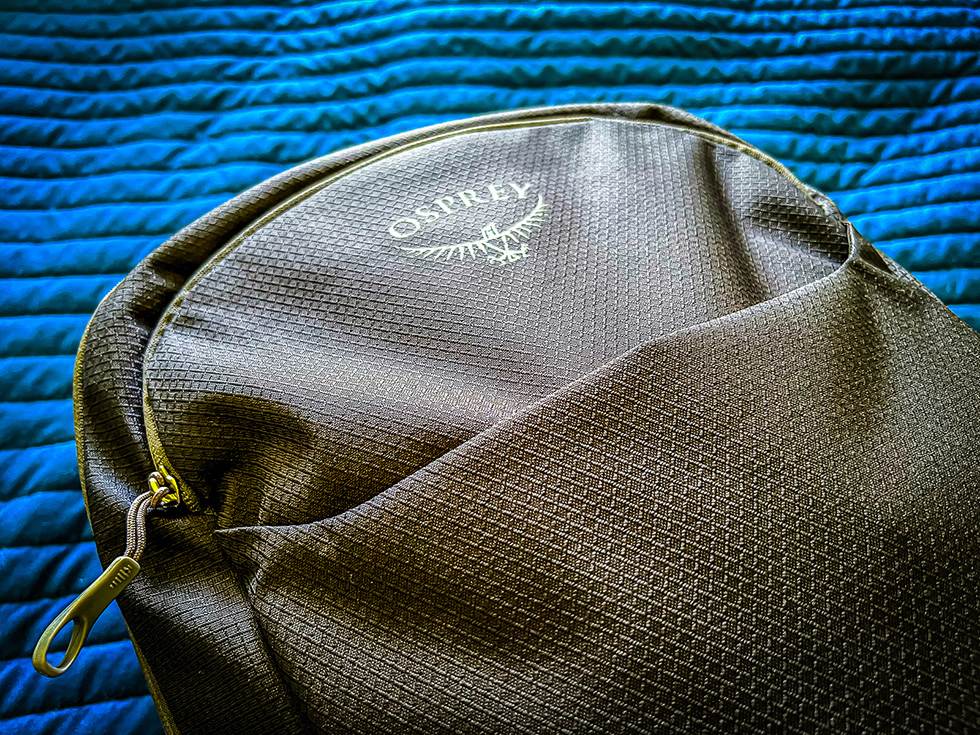
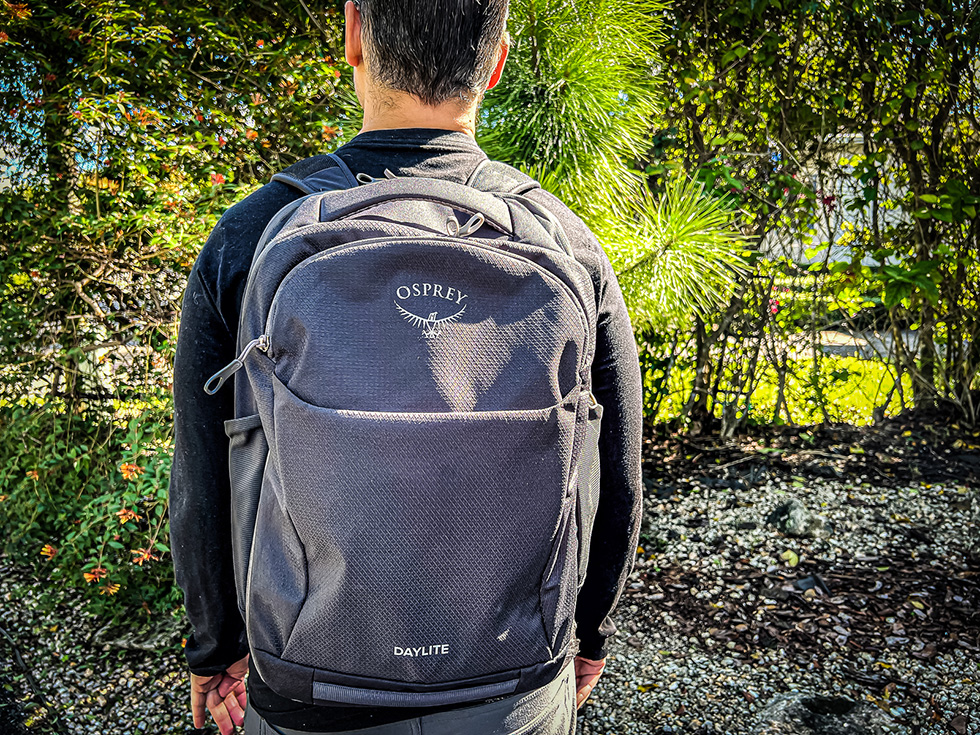
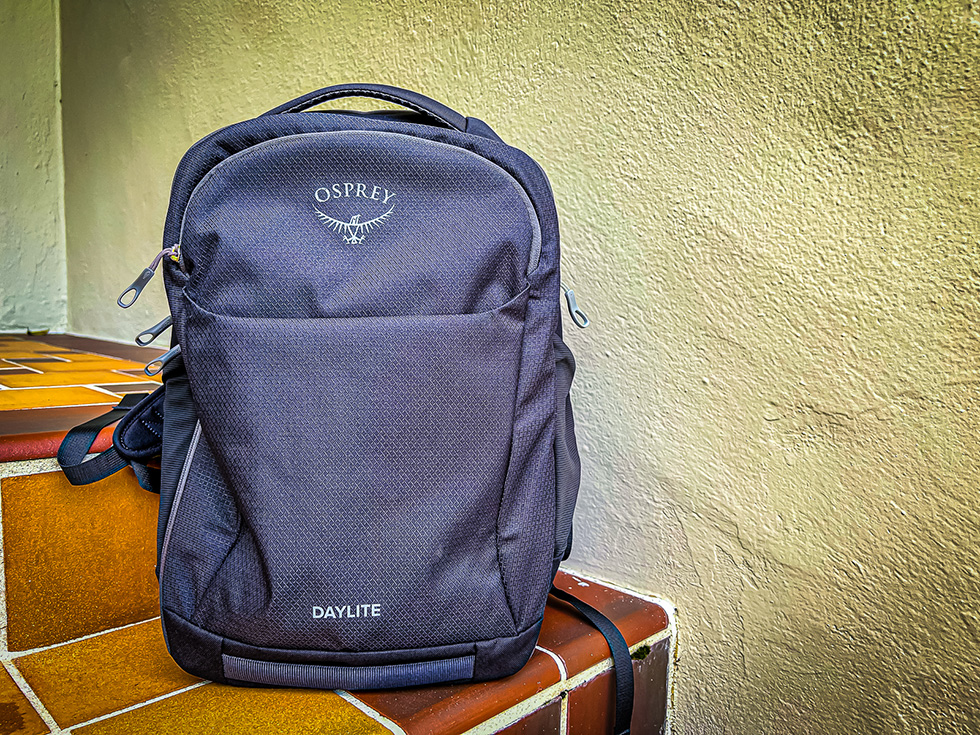
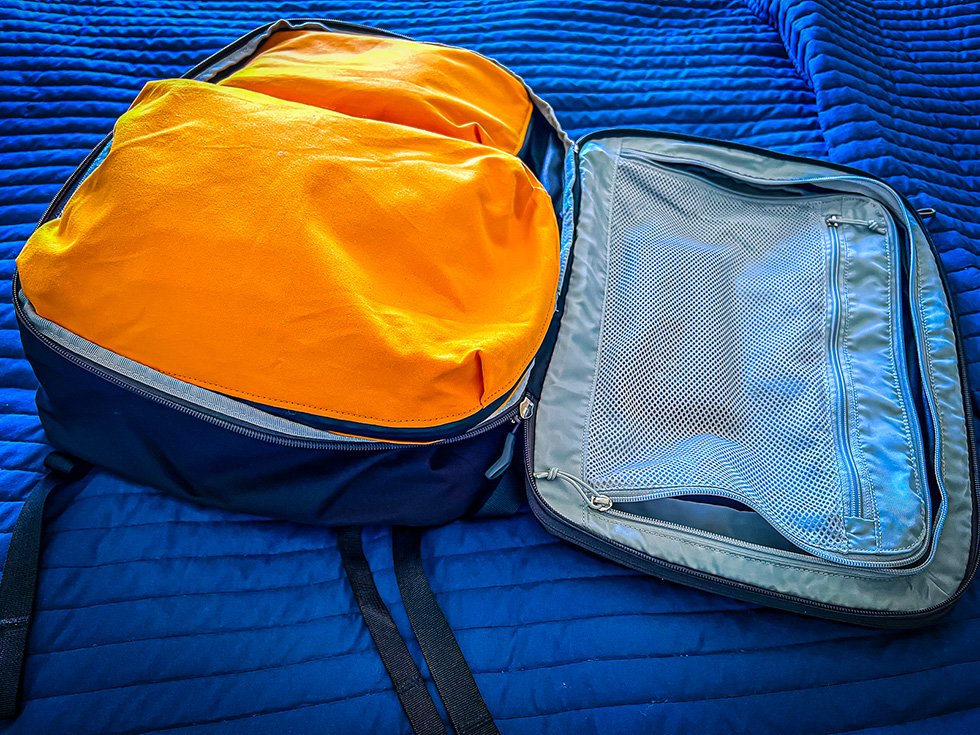
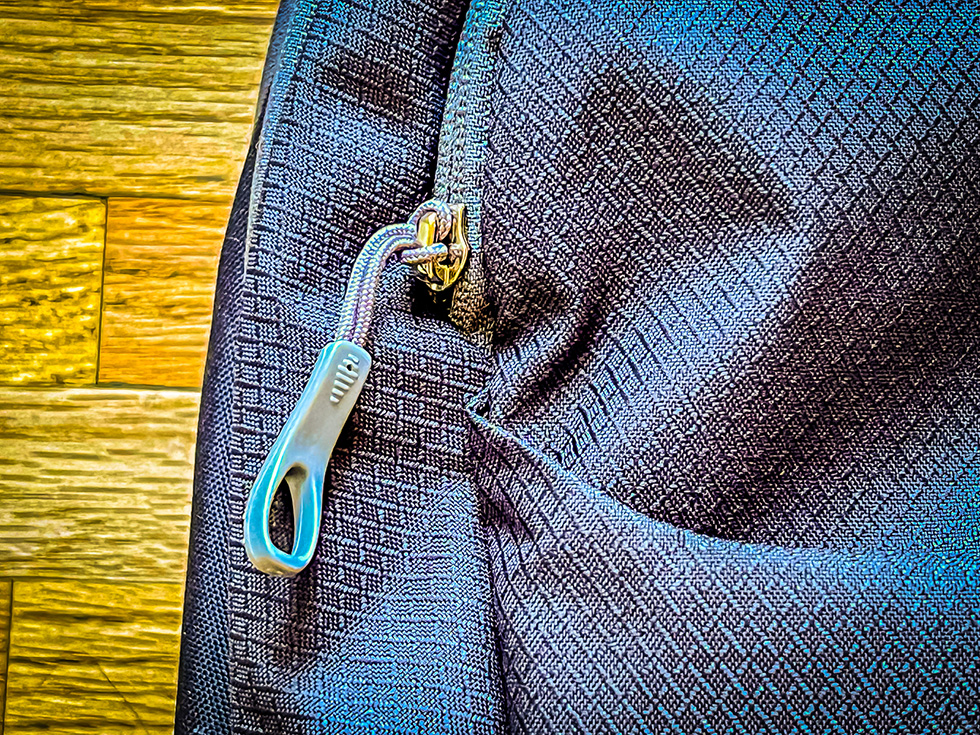
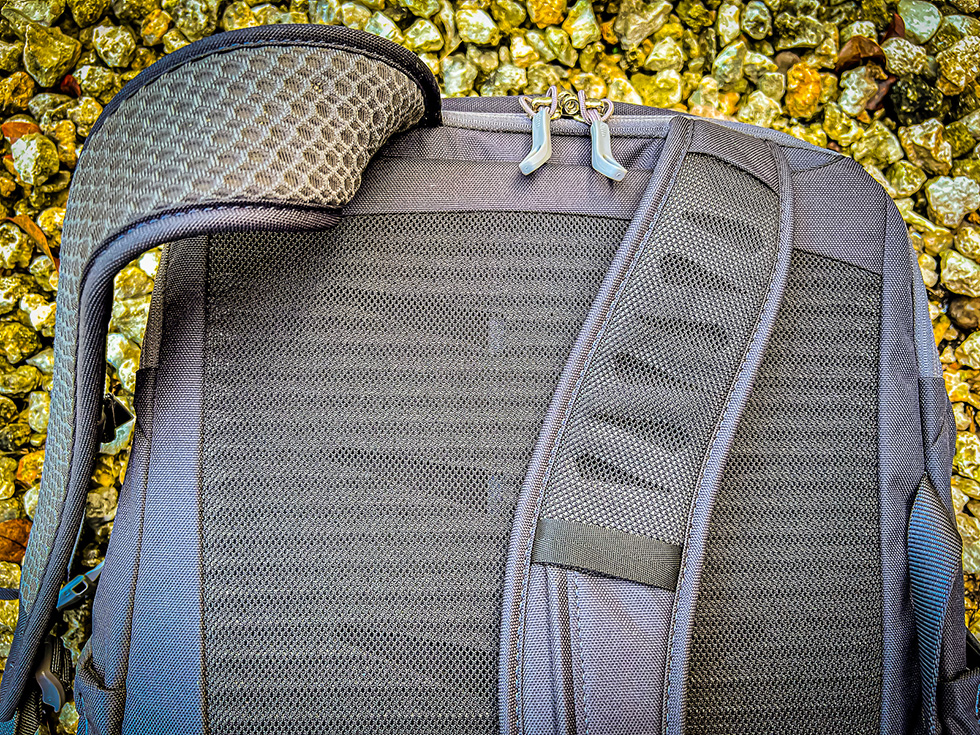
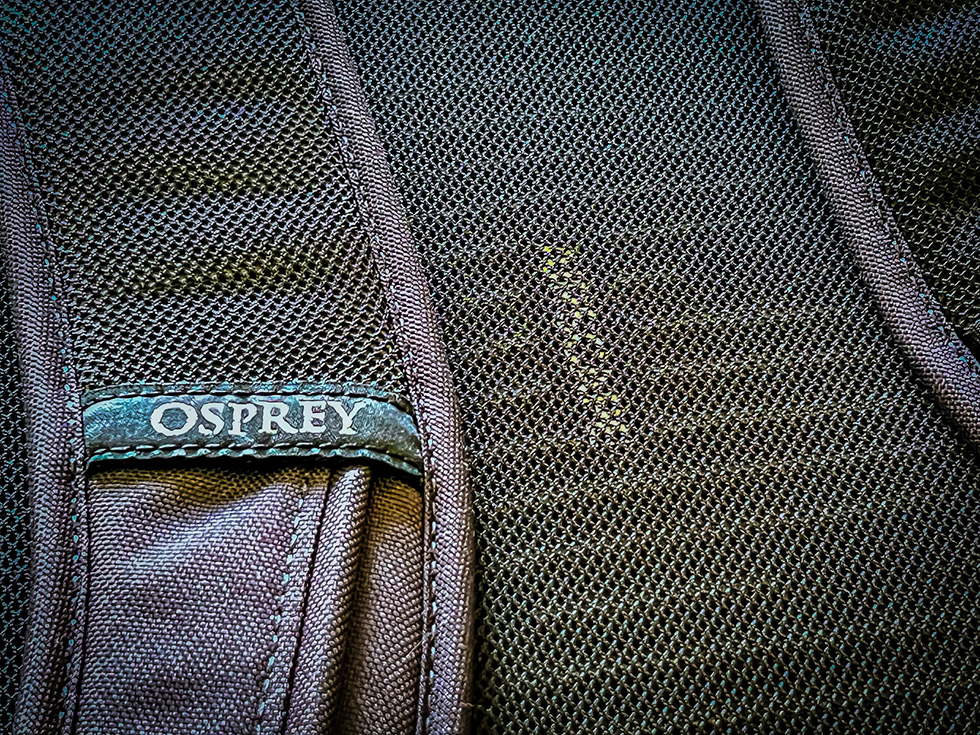
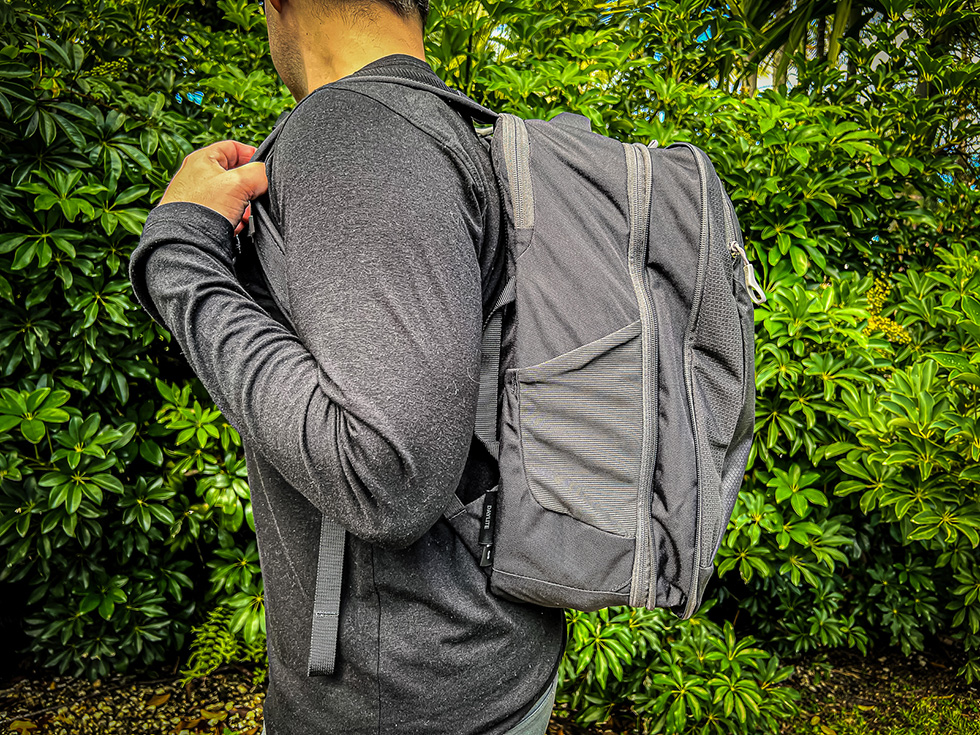
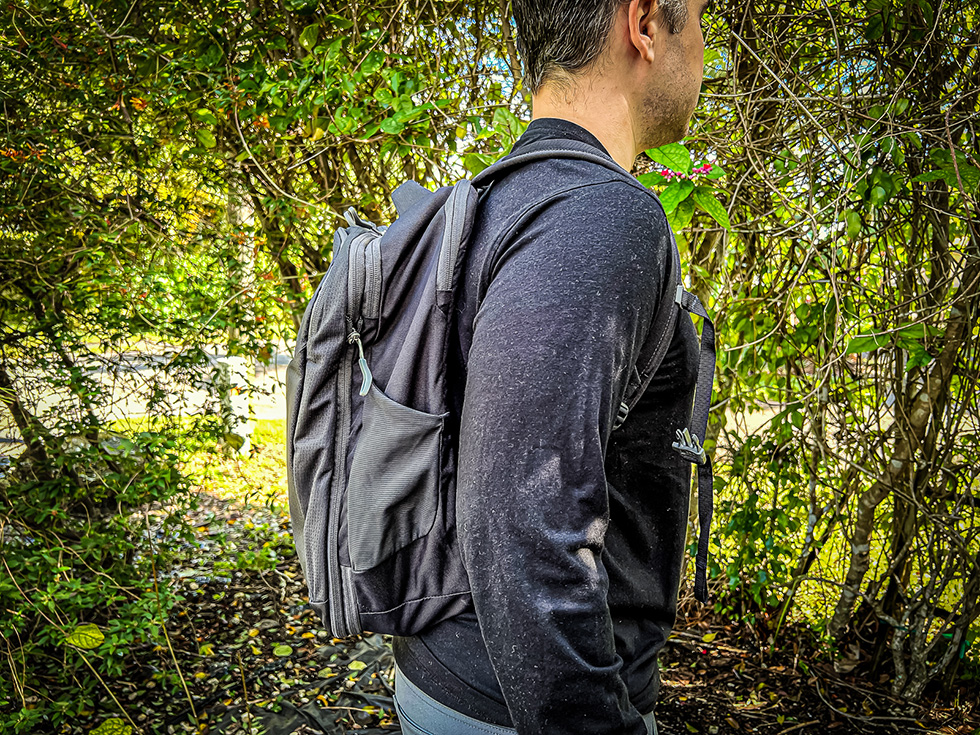
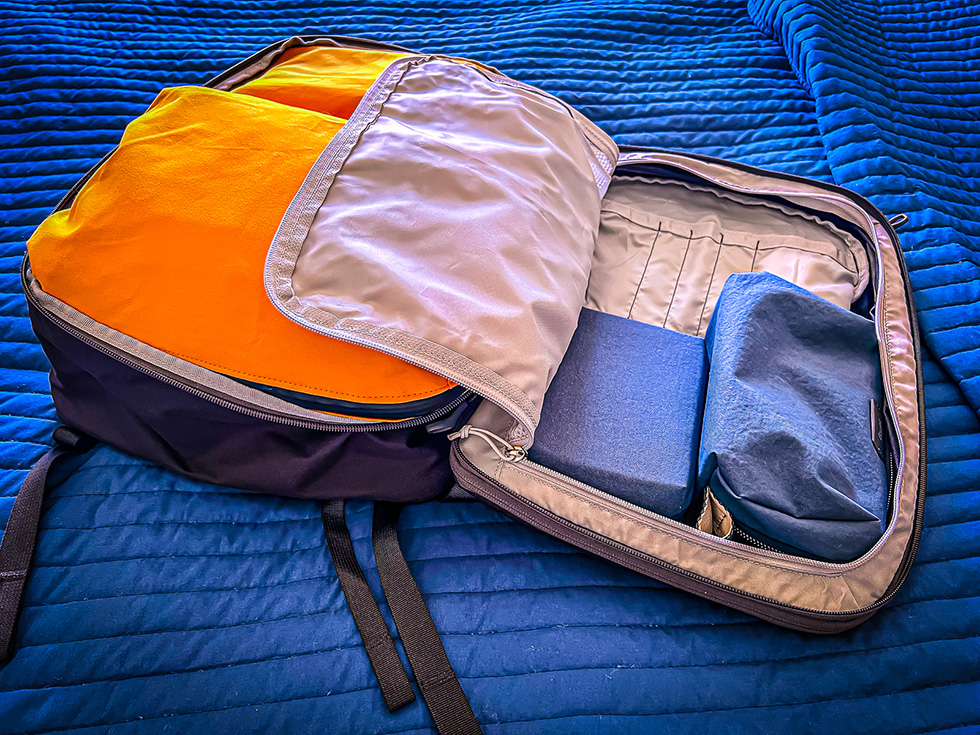
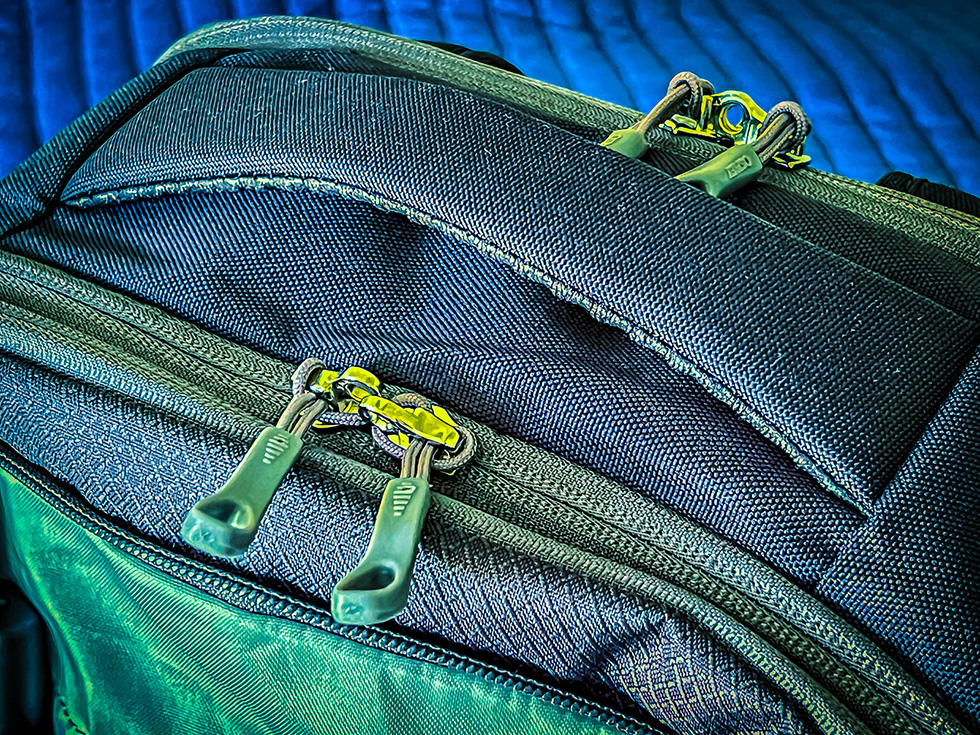
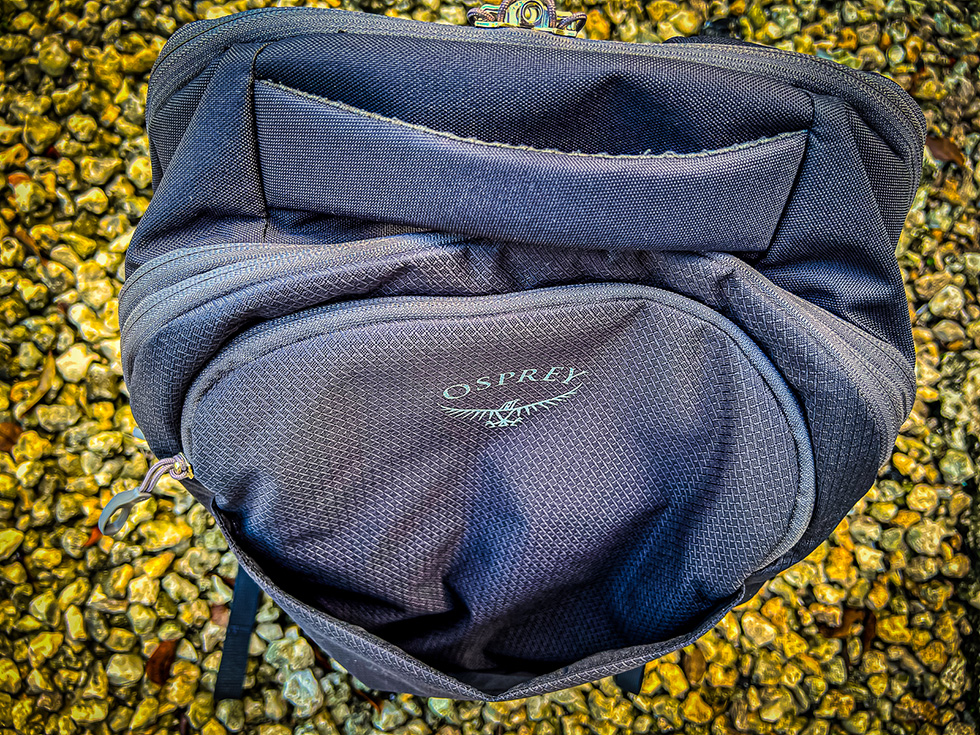
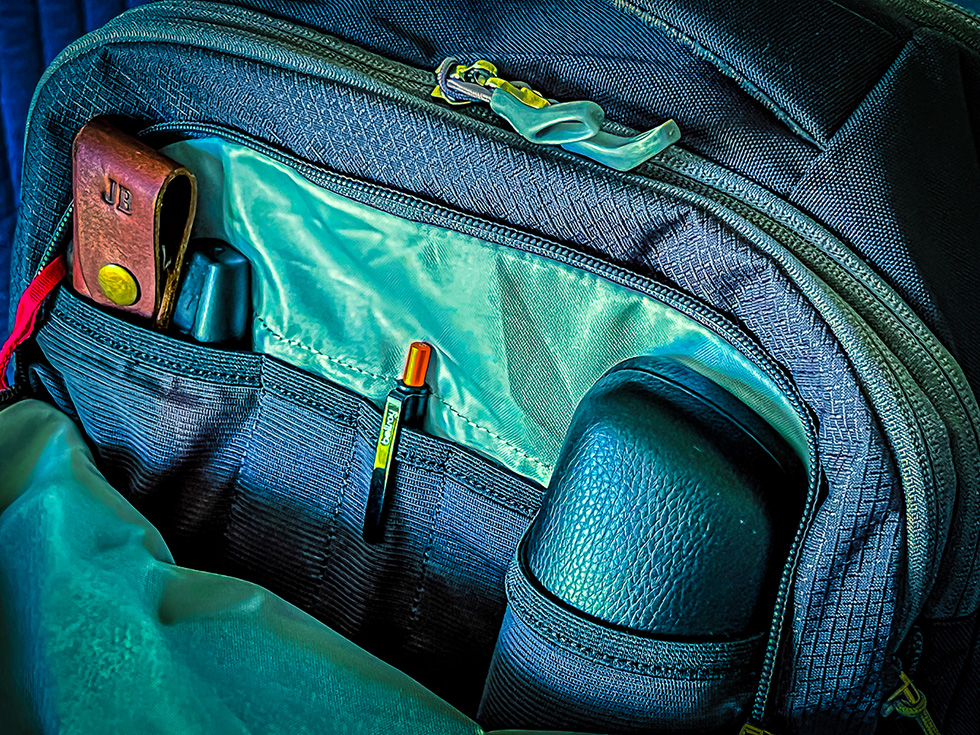
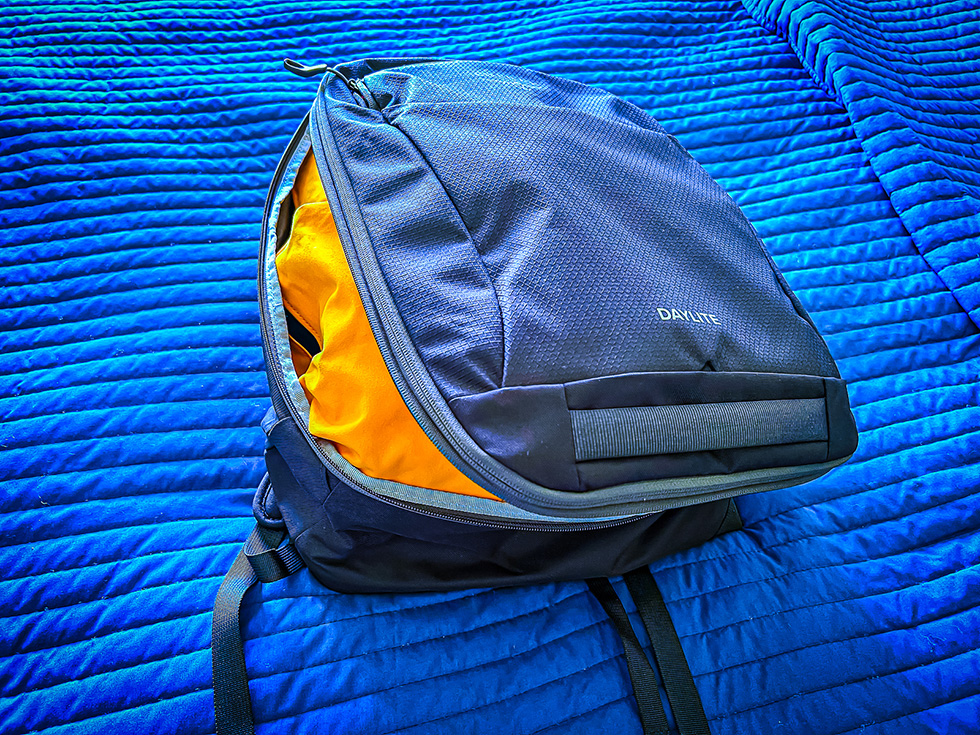
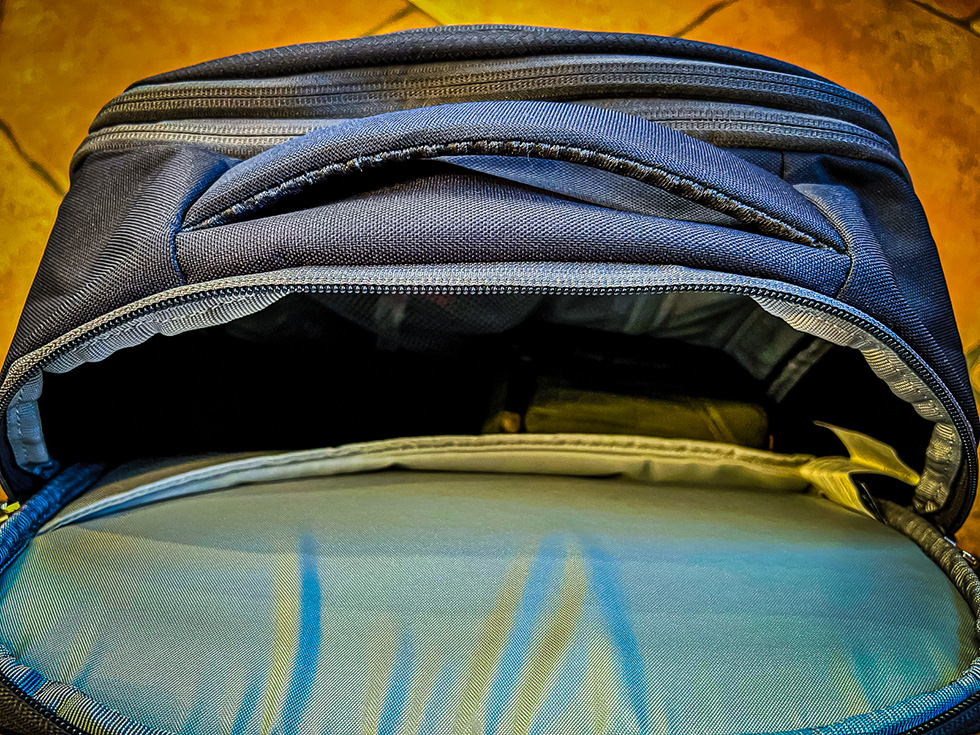
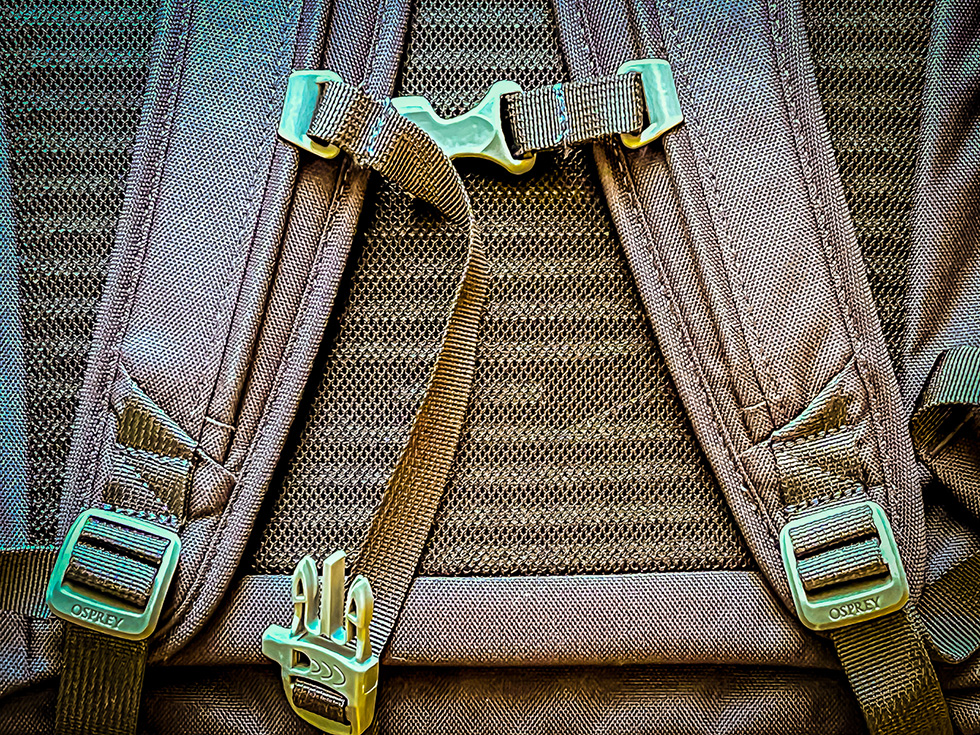
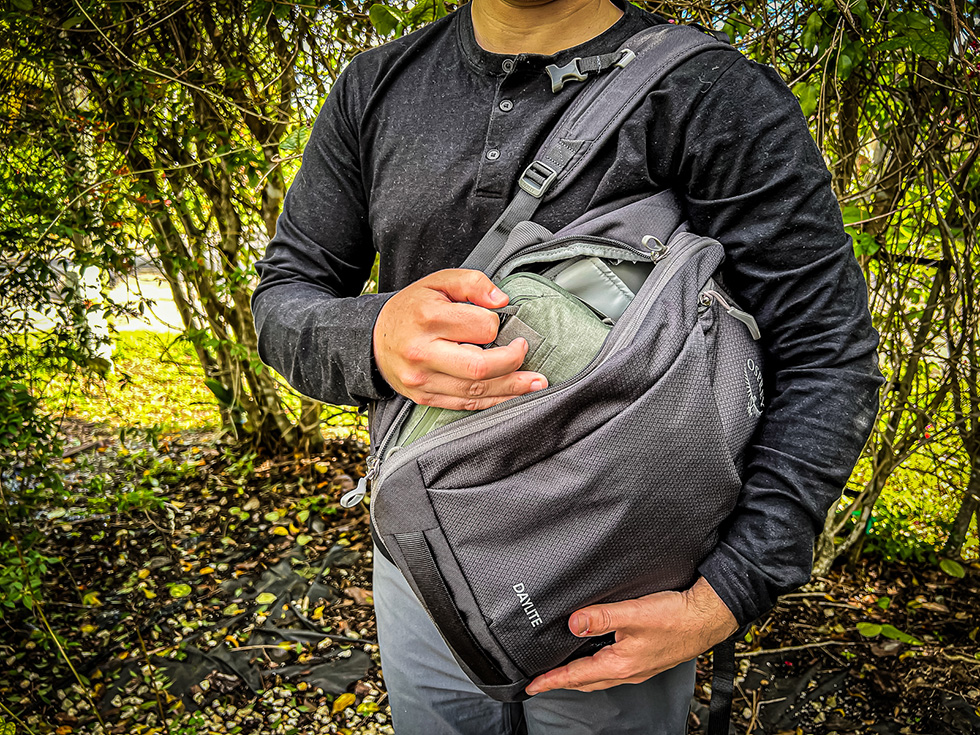
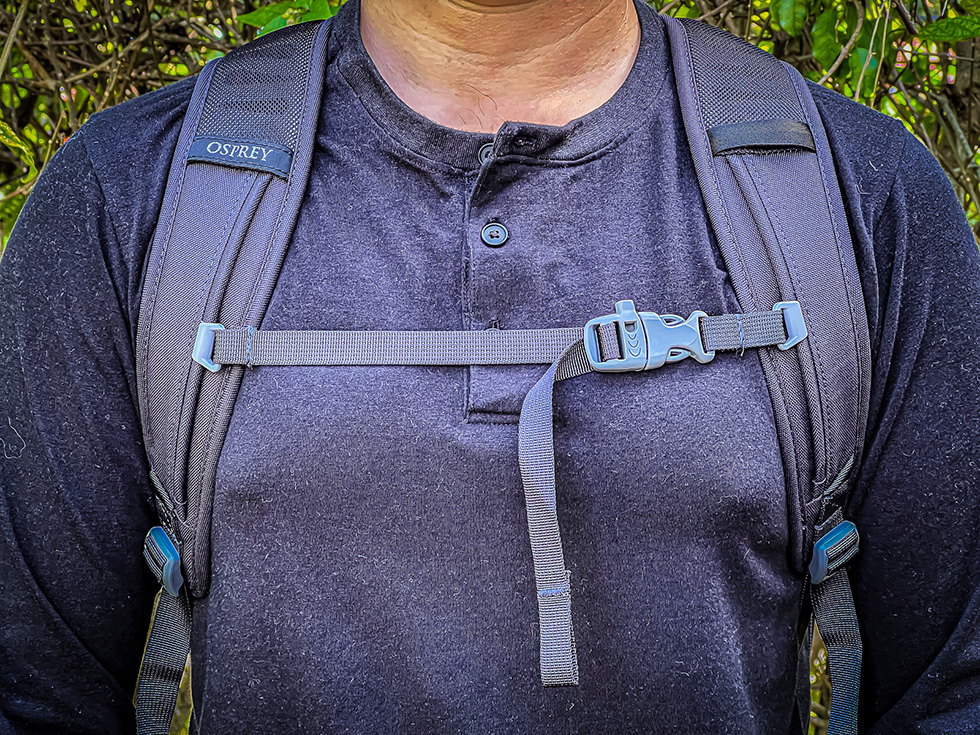
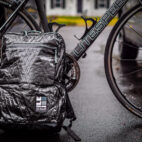
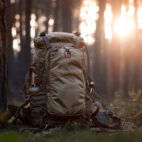
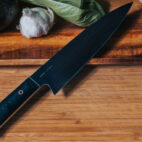
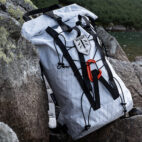
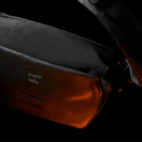

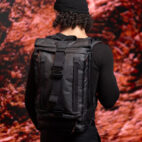
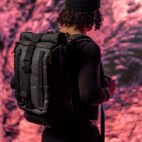
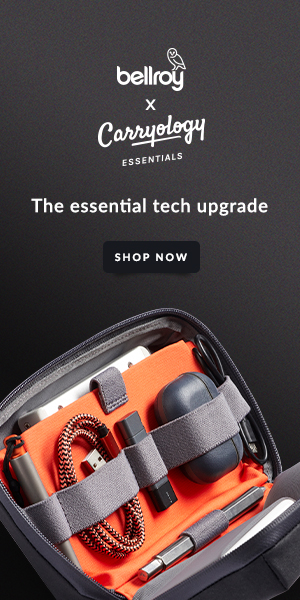
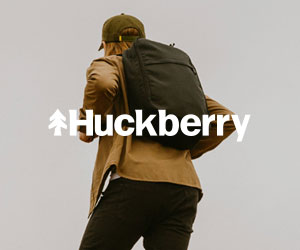
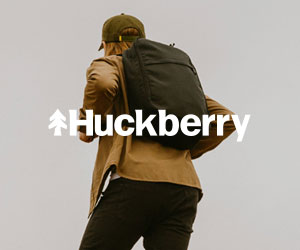
One thought on “Osprey Daylite Expandable Travel Pack 26+6 Review”
Comments are closed.